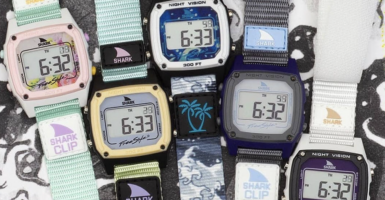Vintage Photos That Capture The Spirit Of The Roaring ’20s
While the cultural landscape of World War I was vastly different depending on which country a person lived in, the 1920s are remembered as a joyful, prosperous time in American history.
It wasn’t all fun due to Prohibition and the gangland activities associated with it but it was largely a brief, beloved respite between dark times. Naturally, that means there was a lot for people to document during that bustling decade. They didn’t call them the Roaring 20s for nothing.
Bentley Was The World’s Racing Leader

Standing next to two prized models from his famous luxury car company is W.O. Bentley. After founding his company in 1919, he leapt into the perfect era for flashy prosperity and shows of incredible (for the time, anyway) speed.
After all, the late ’20s saw Bentley’s cars at the center of a record international race wins that wouldn’t be equalled until Jaguar stepped it up in the ’50s and Ferrari surpassed it by dominating during the ’60s.
The Streets Weren’t Quite As Congested
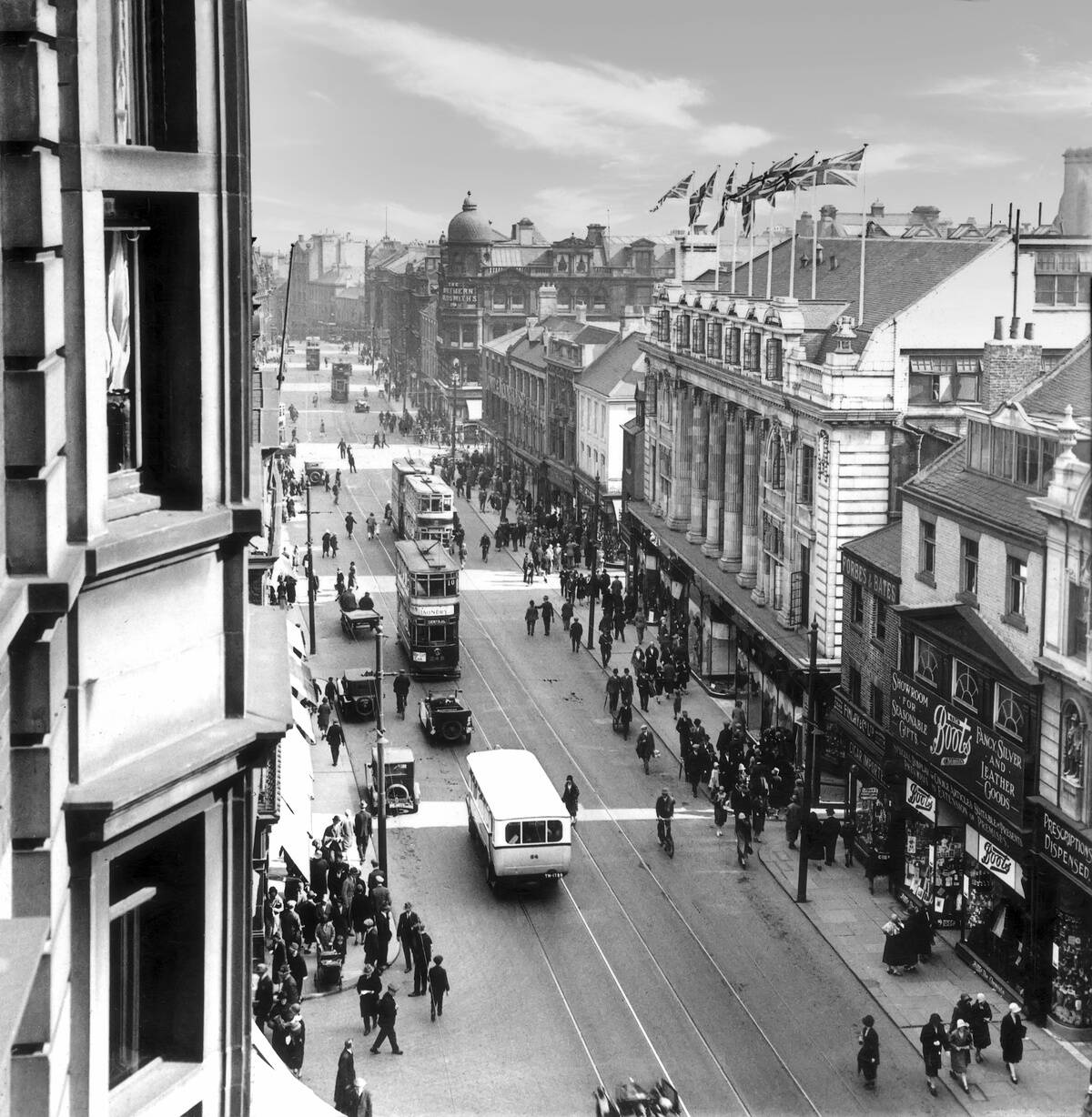
As this photo from Newcastle, England, shows, the fact that cars were starting to become more common among the population doesn’t mean that everyone went out and bought them overnight.
Instead, the roads were still mostly used by trolleys and streetcars, as urban populations largely found it cheaper and more convenient to get around in them than to buy and maintain a car.
This Was Once Madison Square Garden
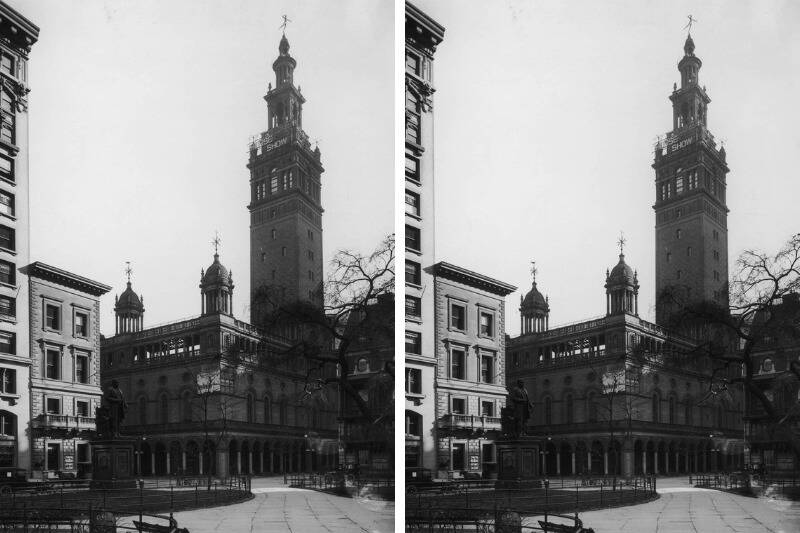
Although New Yorkers can visit Madison Square Garden today, the building they’d enter is far from the first in the city with that name. In fact, this Moorish version was the second incarnation of the famous venue, and stood for much of the early 20th Century.
When this photo was taken around 1900, a horse show was taking place in the venue. Yet, while New Yorkers during the roaring 20s could take in an event here, that would only be true until 1926, after which it was torn down and replaced with the New York Life Insurance Building.
A Professional Baseball Game, But Not Where You Think
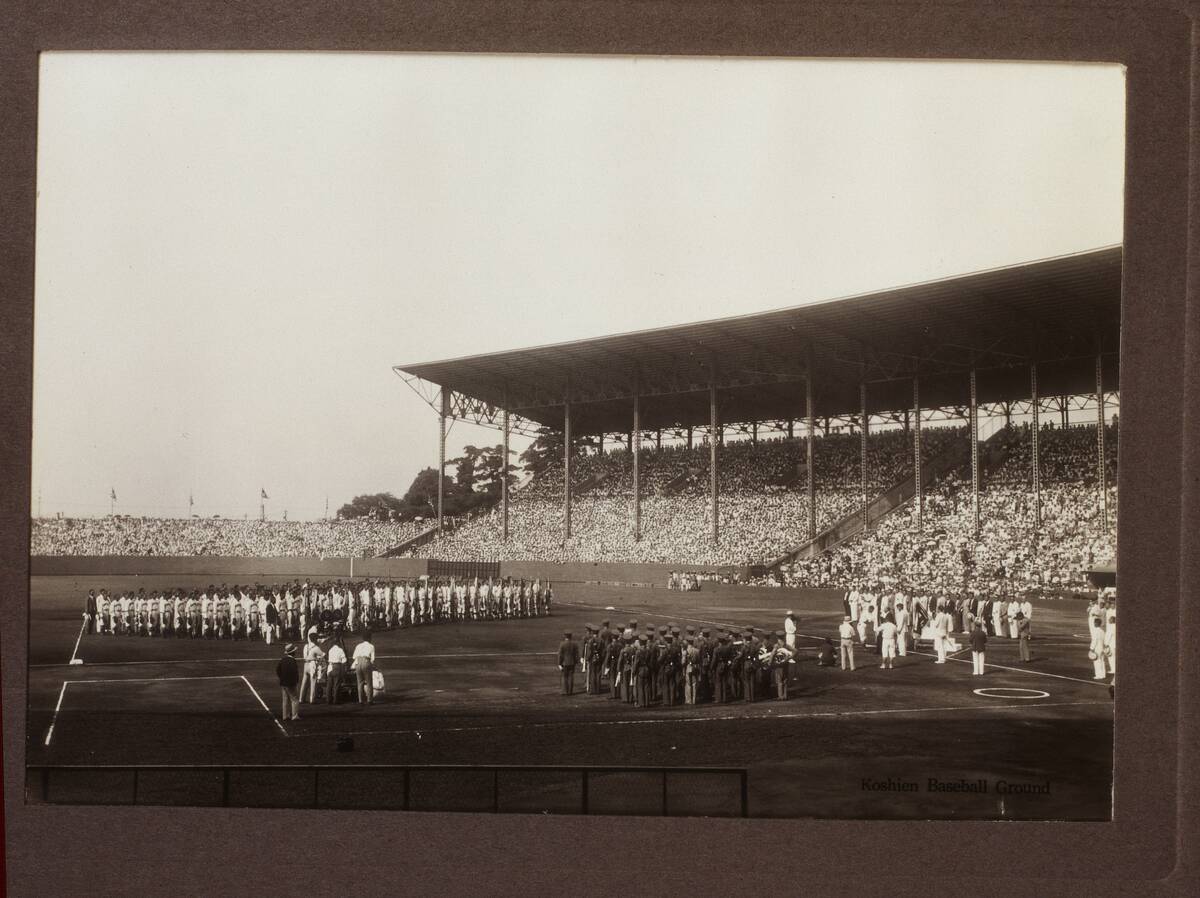
Baseball has been America’s national pastime since the 19th Century, but the 1920s were considered its first golden age. However, this photo wasn’t taken at any park in the United States.
Instead, this was the opening ceremony for a professional game at Koshien Kyujo
Baseball Stadium in Kobe, Japan. Although there wasn’t an established major league in Japan until the ’30s, baseball’s popularity in the nation is by no means a new phenomenon because the first pros started to emerge in the 1920s.
The Emergence Of The Flapper
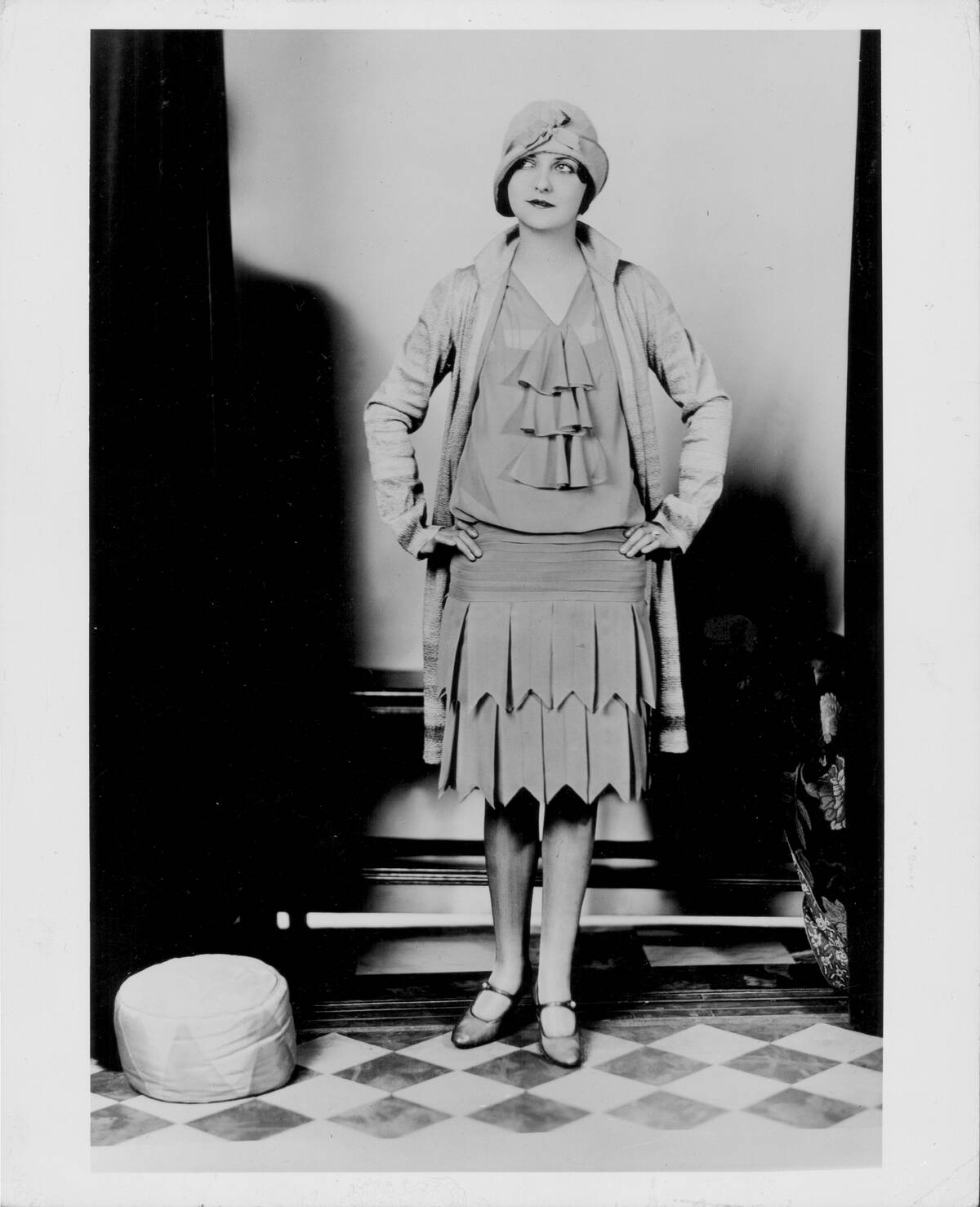
Although the flapper style practically defined the 1920s in retrospect, it was considered more transgressive and counter-cultural at the time than people often remember.
The relatively short skirts, frills, and short hairstyles, and stylish hats and headgear were all markers of young women shedding the Victorian modesty standards that once ruled and seizing their own independence.
Buster Keaton Was One Of Film’s Biggest Stars And Talents
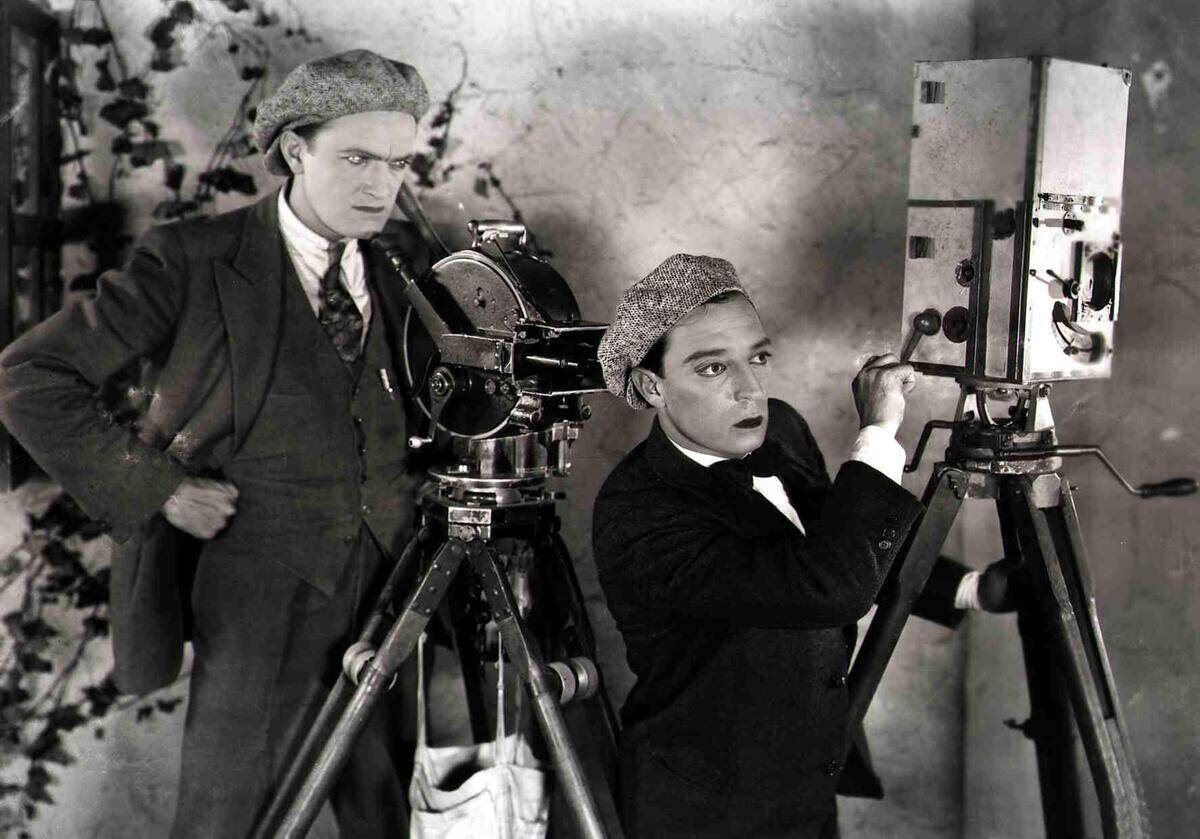
The 1920s marked a period of transition in film as the still-dominant silent era was slowly being encroached on by pictures featuring sound. Before that transition fully took place, however, Buster Keaton was practically Hollywood’s king of comedy.
This was not only due to his inventive and wholly original style of physical comedy, but also his courageous and impressively acrobatic penchant for death-defying stunts. Although 1926’s The General is regarded as a masterpiece in retrospect, its expensive failure at the time began Keaton’s decline before the era of “talkies” had officially begun.
The Flappers Loved To Party
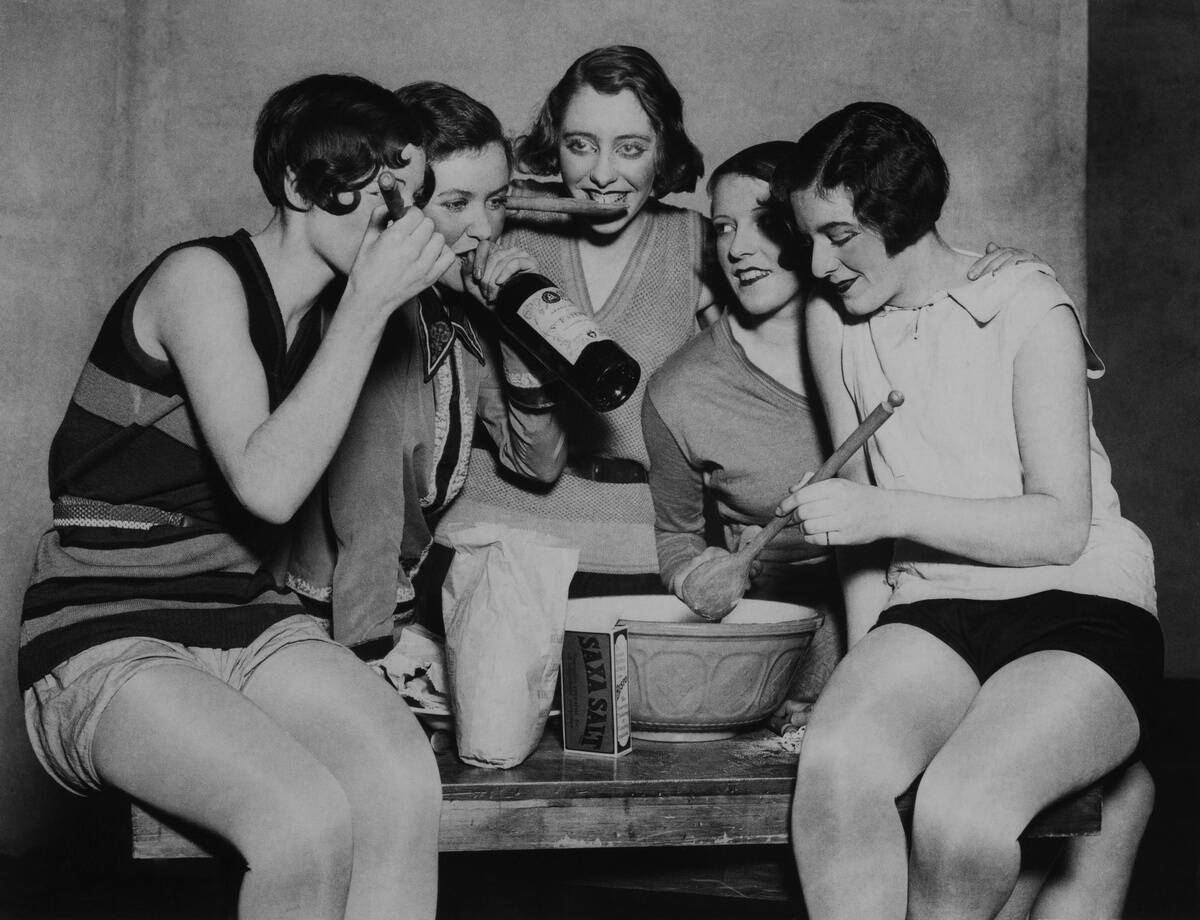
Here, we can see the cast of the 1929 theatre production Love Lies at London’s Gaiety Theatre making a Christmas pudding together.
In addition to their Flapper-like hairstyles, artistic, independent young women stood out from their older counterparts by openly drinking and smoking in raucous contexts. Of course, the wine they enjoyed wouldn’t have been a legal problem for them at the time, as the United Kingdom didn’t have Prohibition.
A Revolutionary Film That Has Since Aged Terribly
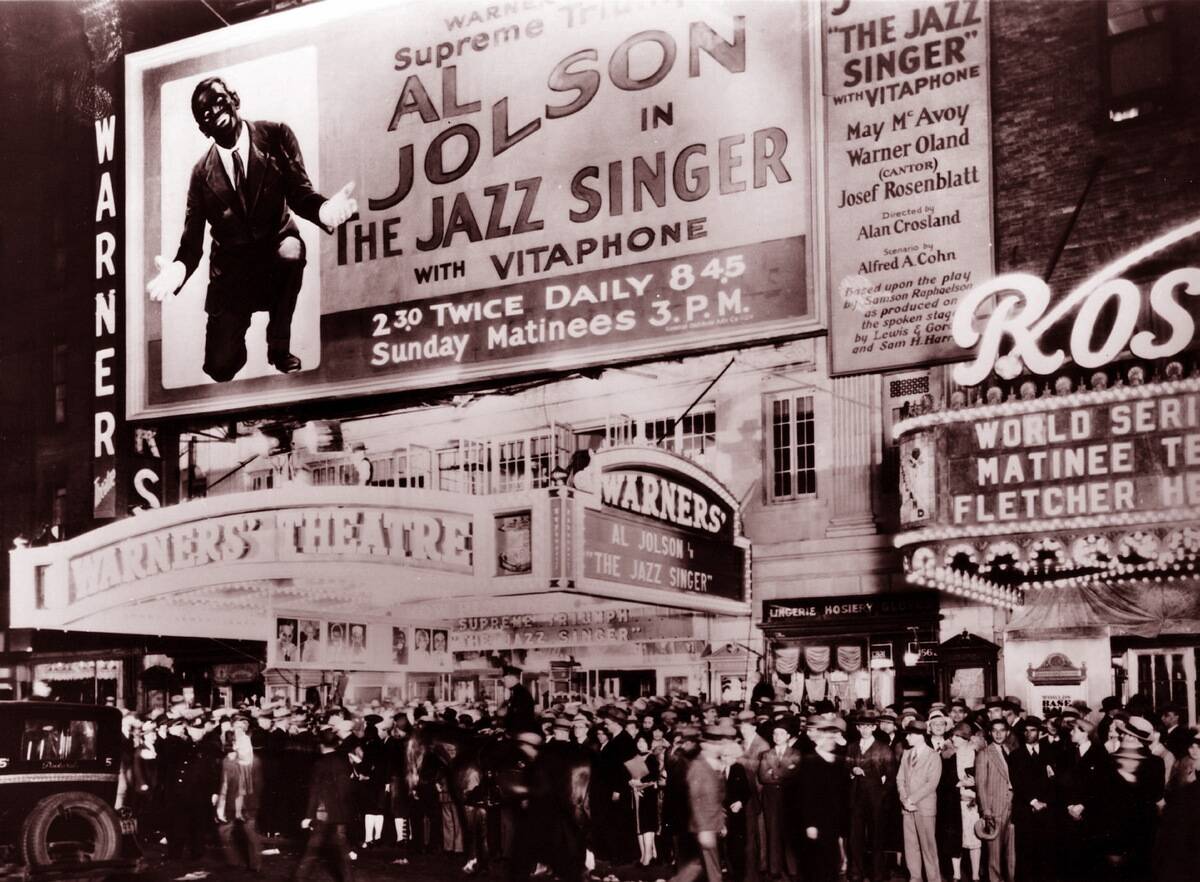
If there was an official point where the era of movies with spoken dialogue began, it was with the hotly anticipated 1927 film The Jazz Singer, which starred Al Jolson.
This movie was historically significant in being the first motion picture to feature synchronized dialogue sequences. Unfortunately, it has since become historically significant as one of the most infamous examples of blackface and minstrelry practices that continued to distort widespread perceptions of Black people into the 20th Century.
The Spoils Of A Hard-Won Victory
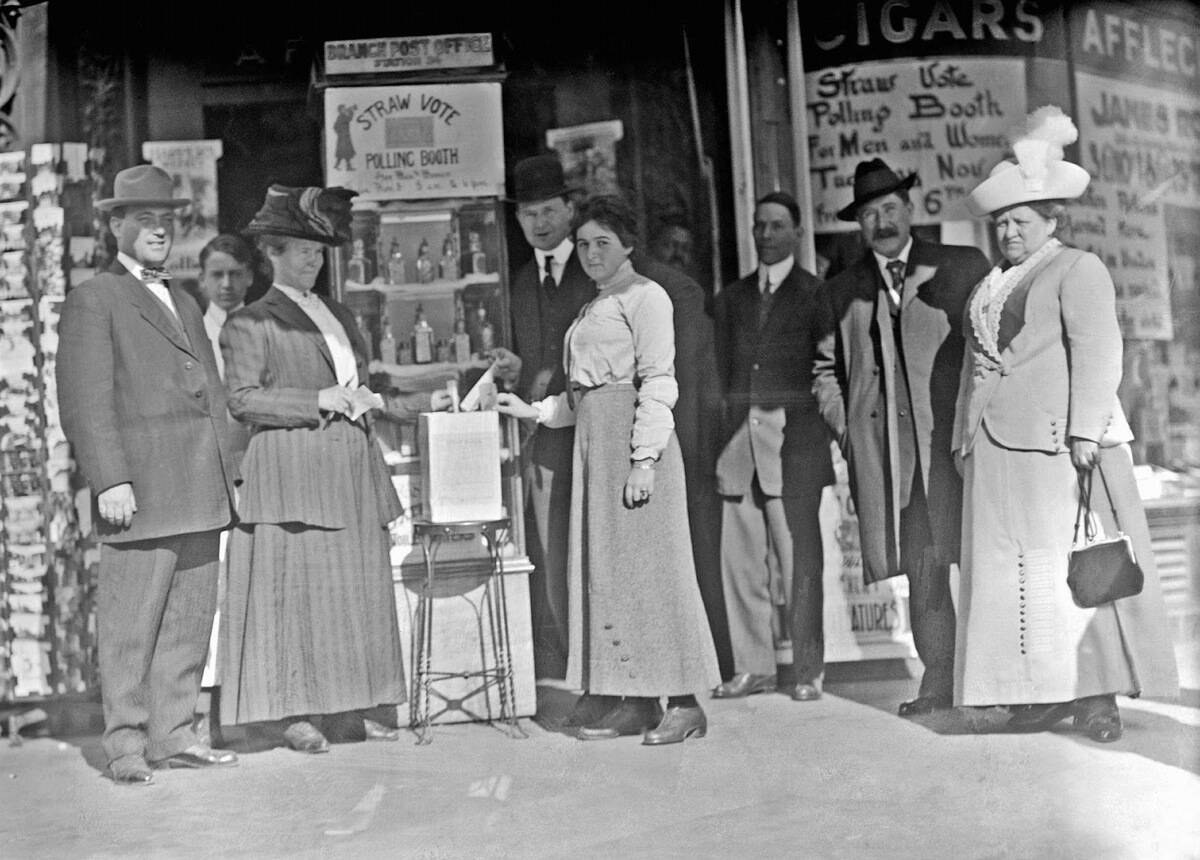
This is the scene at a polling station in Washington D.C., in which women casts their votes in the 1920 Presidential Election.
This was significant in that it was the first time women had attained the right to vote on a national scale after the passage of the Nineteenth Amendment of the U.S. Constitution in 1919, which prohibited states from restricting the right to vote on the basis of sex.
A Very Different Time For A Few Significant Men

For those used to seeing him during his presidency, it may be jarring to see Franklin Delano Roosevelt relaxing in Florida with British politician and future fascist politician Oswald Mosley in 1926.
At the time, however, Mosley was a member of parliament for the British Labour Party, which made him more politically aligned with Roosevelt. By the time Roosevelt started serving his first term as president in 1933, Mosley would have already taken a hard turn to fascism, and ornithologist and writer Maunsell Crosby — the man at left in this photo — would be deceased for two years.
Jazz Was The Era’s Defining Music
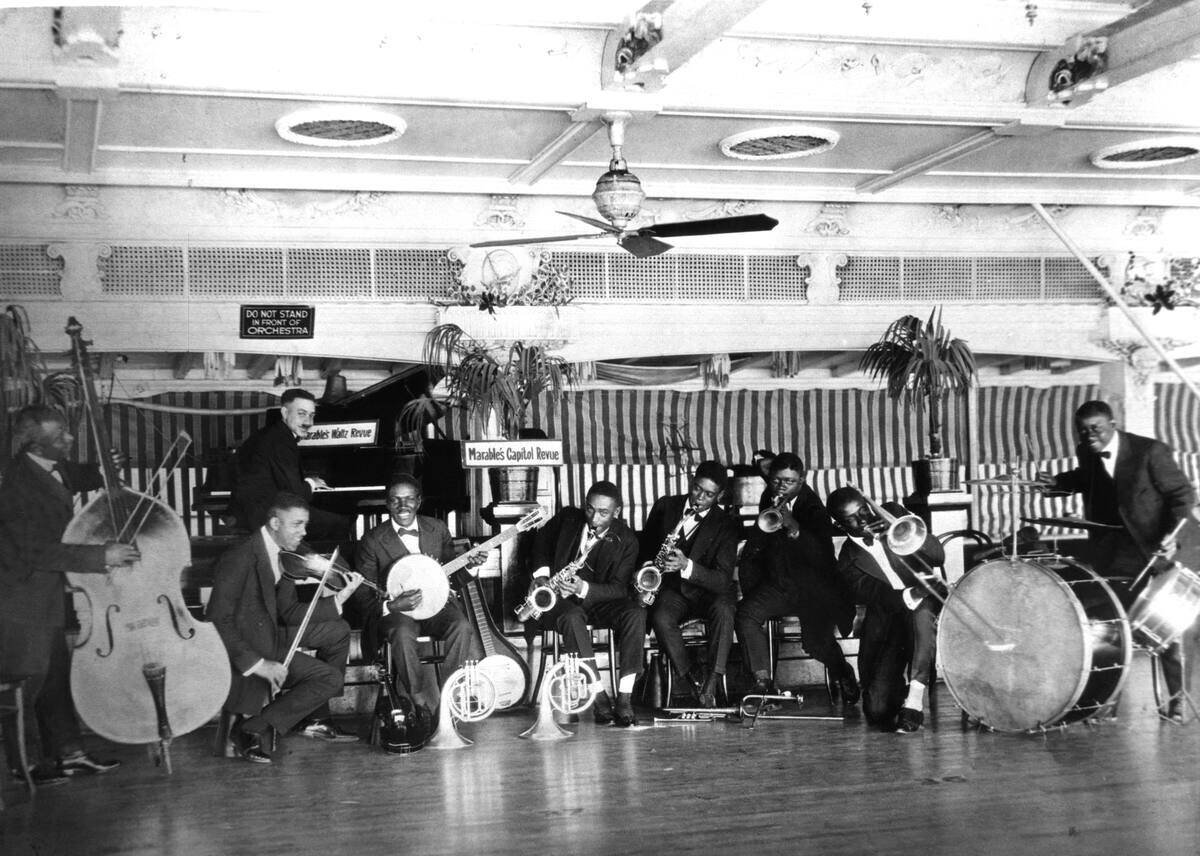
Although jazz would evolve a great deal over the next few decades, the seductive muted trumpets and bouncy Dixieland style that people tend to associate with the golden age of the genre were an exciting new phenomenon in the 1920s. Indeed, one of its most celebrated pioneers, Louis Armstrong, is third from the right in this picture.
Like the Flapper style, however, its rise was largely brought to the mainstream by counter-cultural youth and didn’t do so unopposed. Much like rock and roll in the ’50s and hip-hop in the ’80s and ’90s, a genre characterized by predominantly Black innovators always received pushback from the establishment.
Flappers Loved Jazz
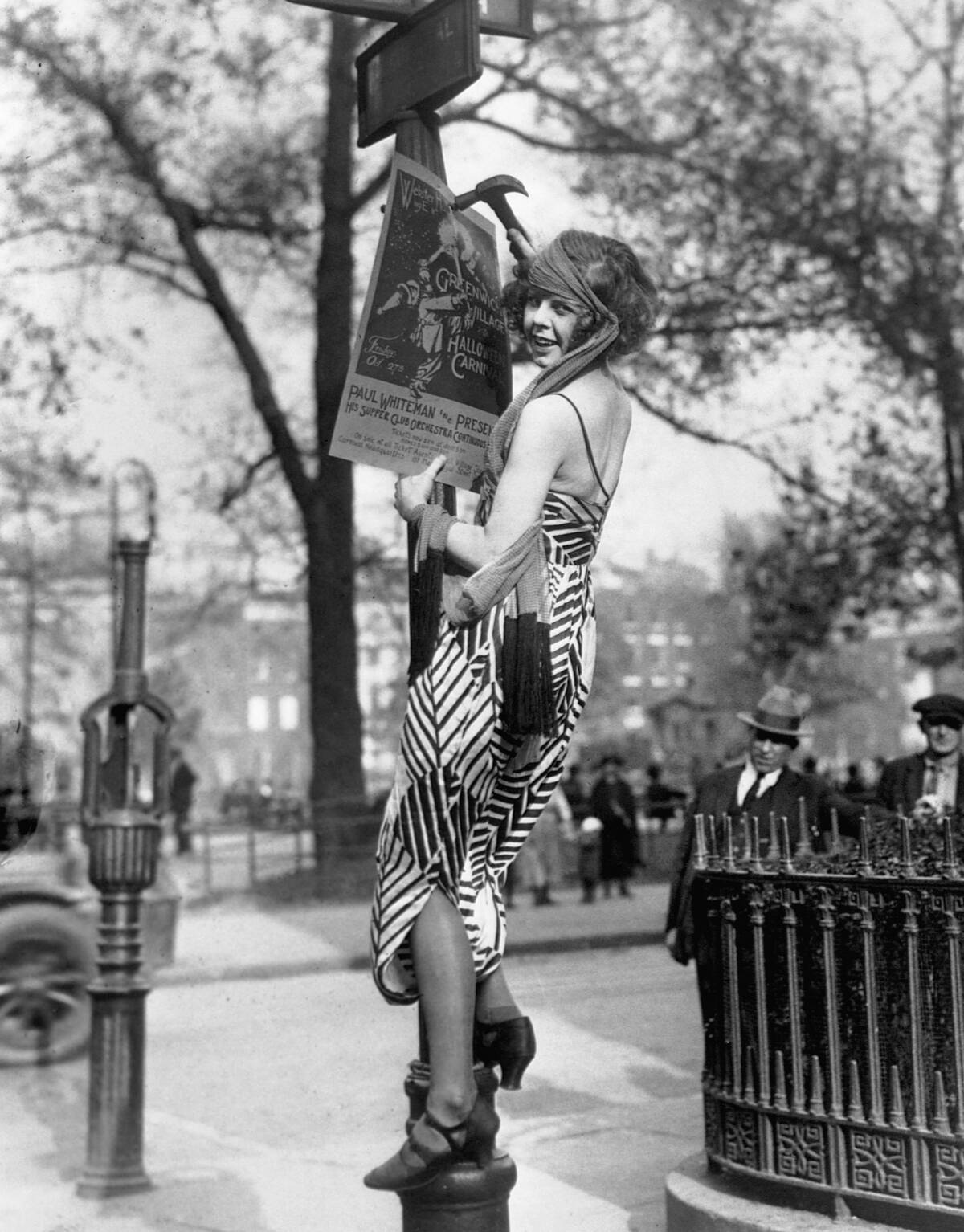
If there’s one thing that defines the 1920s Flapper as much as her bold new style and her liberated behavior, it was her love of the day’s hot new jazz music.
For instance, one can be seen here in New York City’s Greenwich Village neighborhood putting up a poster for a concert starring a big band led by legendary jazz composer Paul Whiteman.
The Novelty Of Jazz Led It To Strange Places
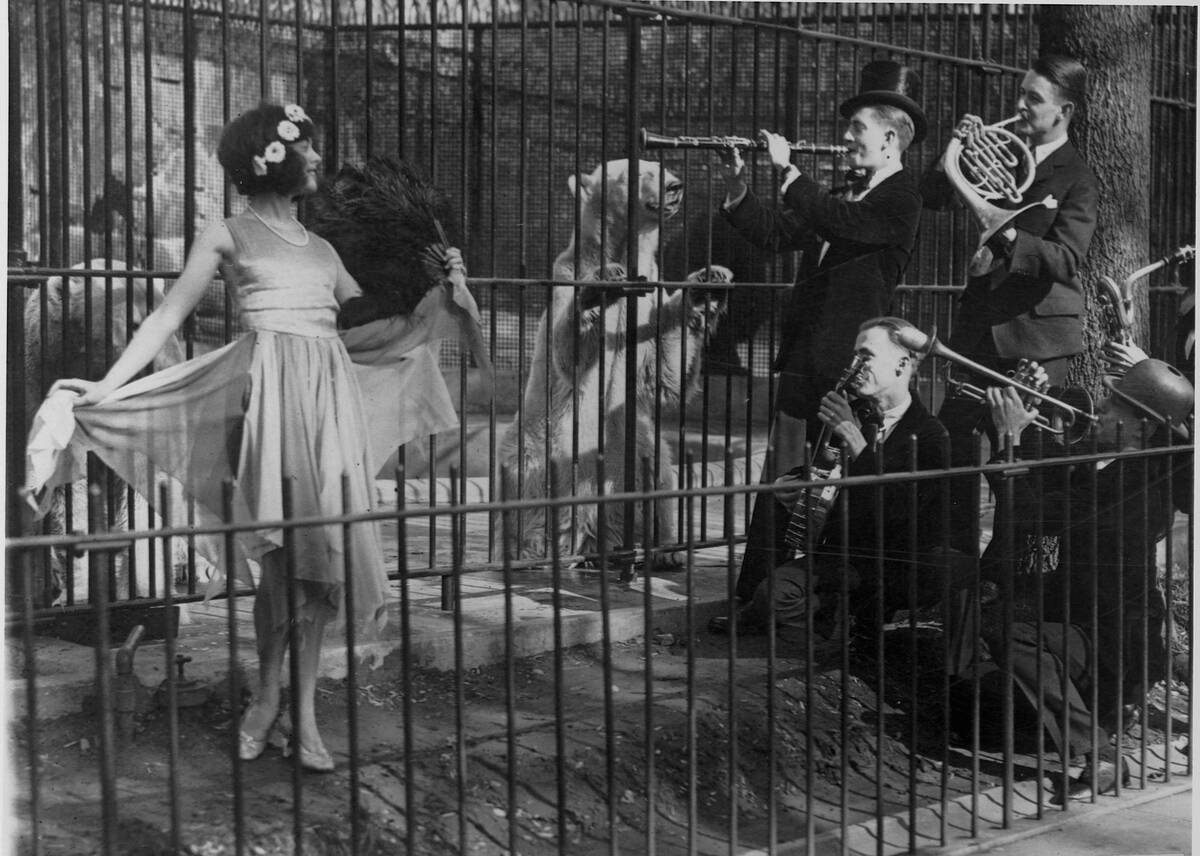
While the scene of a Flapper dancing to the strains of a jazz band was hardly an uncommon sight during the 1920s, this sight certainly was. Here, we can see the band and dancing performing in front of a polar bear in one of New York City’s zoos.
Why? Apparently, this was part of an experiment to study the effects of syncopation on polar bears. It must have been tough to get a grant for that one.
Alcohol Was Illegal, But That Didn’t Stop Everyone
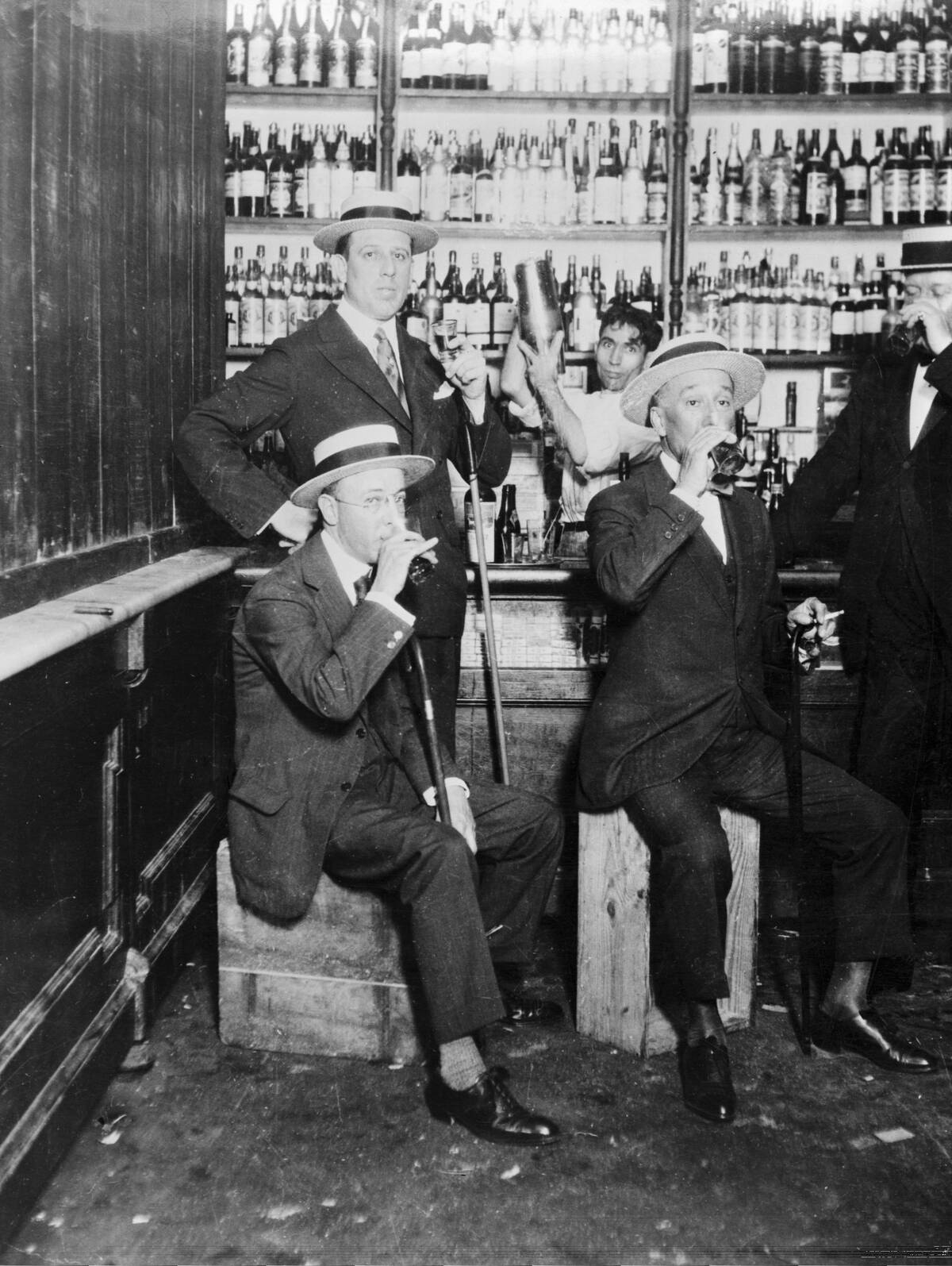
With the passage of the Volstead Act of 1919, going down to the bar for a drink was theoretically a nonstarter until the act was repealed in 1933. Of course, the practical reality was a lot more nuanced.
Indeed, these dapper gentlemen had no problem finding a bar that was stocked with all the hooch they could want. Illegal bars like this speakeasy were yet another underground facet of the 1920s that would go on to define the decade.
Even Back Then, The Trading Floor Was Hectic
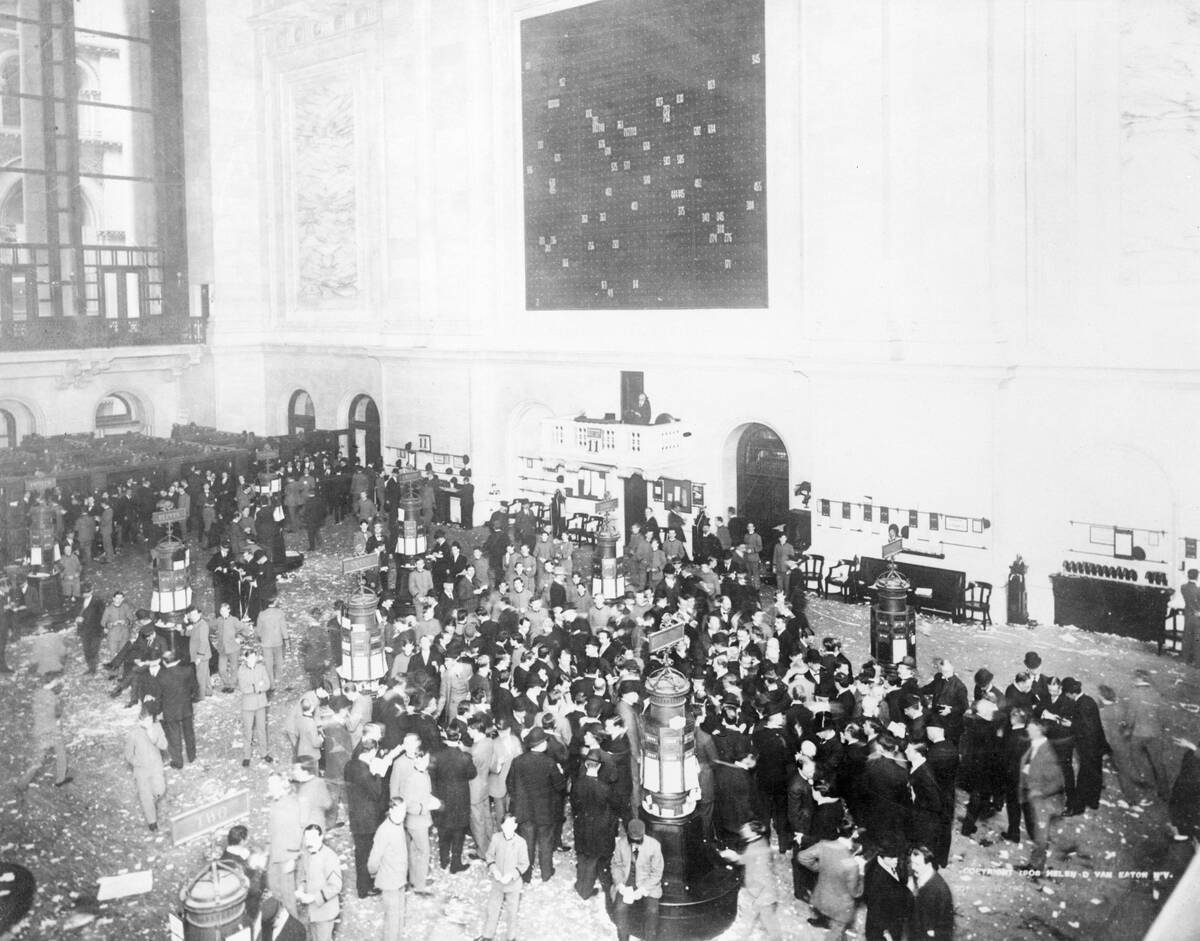
Here, we can see the famously chaotic trading floor of the New York Stock Exchange, where traders busily buy and sell commodities a lighting pace while the ticker tape machines near them chronicle their trades.
Although the unrestricted “wild west” of stocks trading in this era would start the domino effect of the Great Depression when the market crash, the flurry of activity in this arena was one of the biggest markers of prosperity and excitement in the 1920s.
Far More Things Were Made By Hand
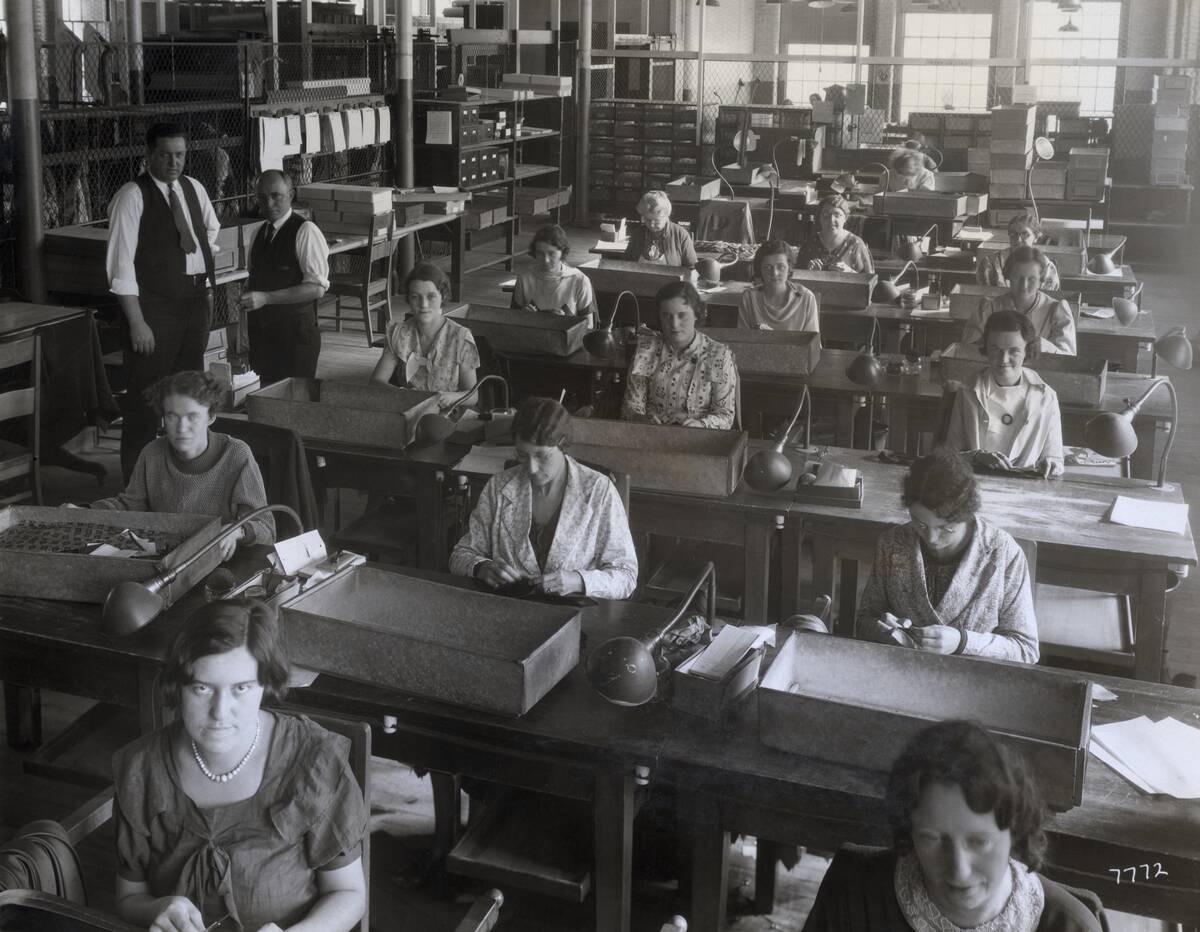
Although the automotive and meat-packing industries had mechanized to the point of creating fast, efficient assembly lines by the 1920s, that was hardly true of all industries.
Instead, tie factories like this one would instead of lines of women stitching neckties together by hand while their managers looked on.
Wimbledon Was A Very Different Event In 1926
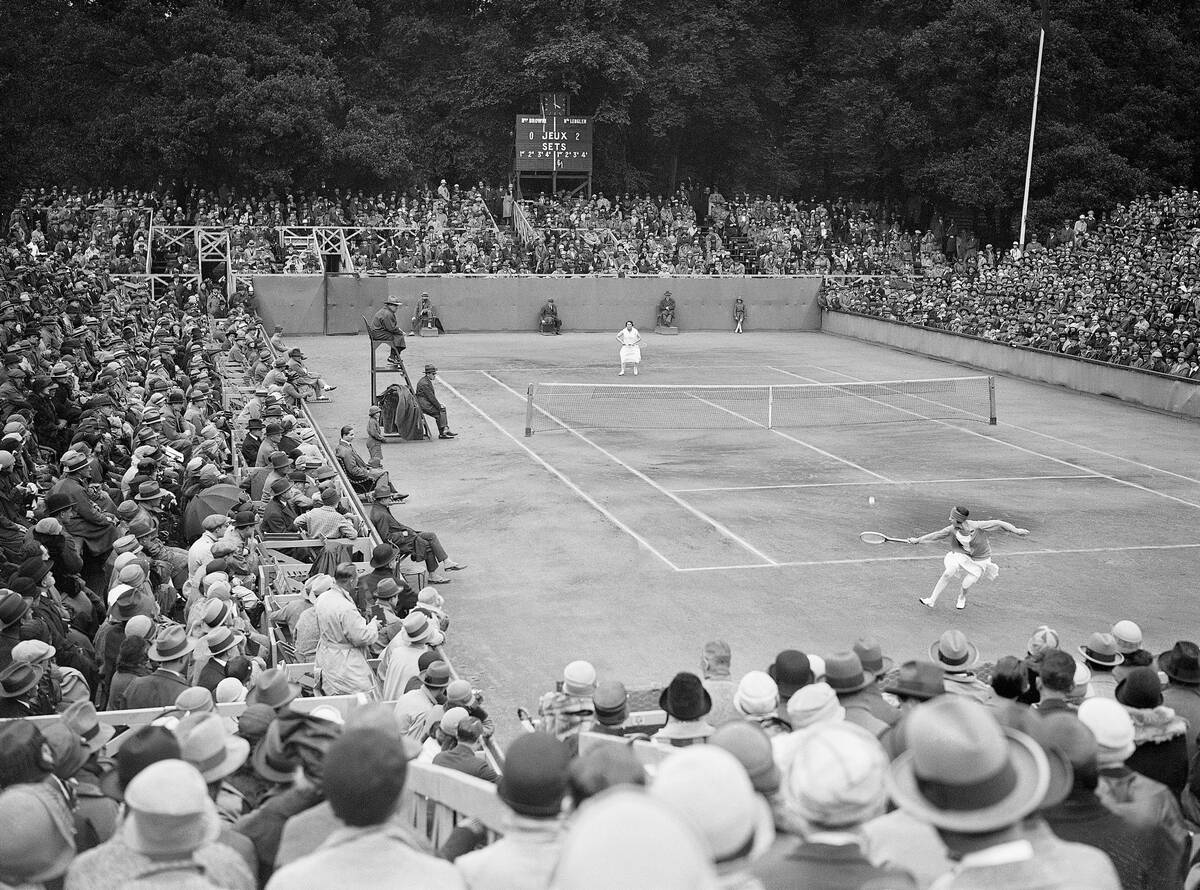
In modern times, the famous Wimbledon Tournament is an international tennis championship where the best of the best compete, and the best are typically professional athletes.
At the time, however, that wasn’t how Wimbledon worked and all contestants had to be amateurs. Even so, the tournament was already changing as after 1922, the reigning champion had to play more than just the finals match, which wasn’t true before.
How The Upper Crust Would Dress
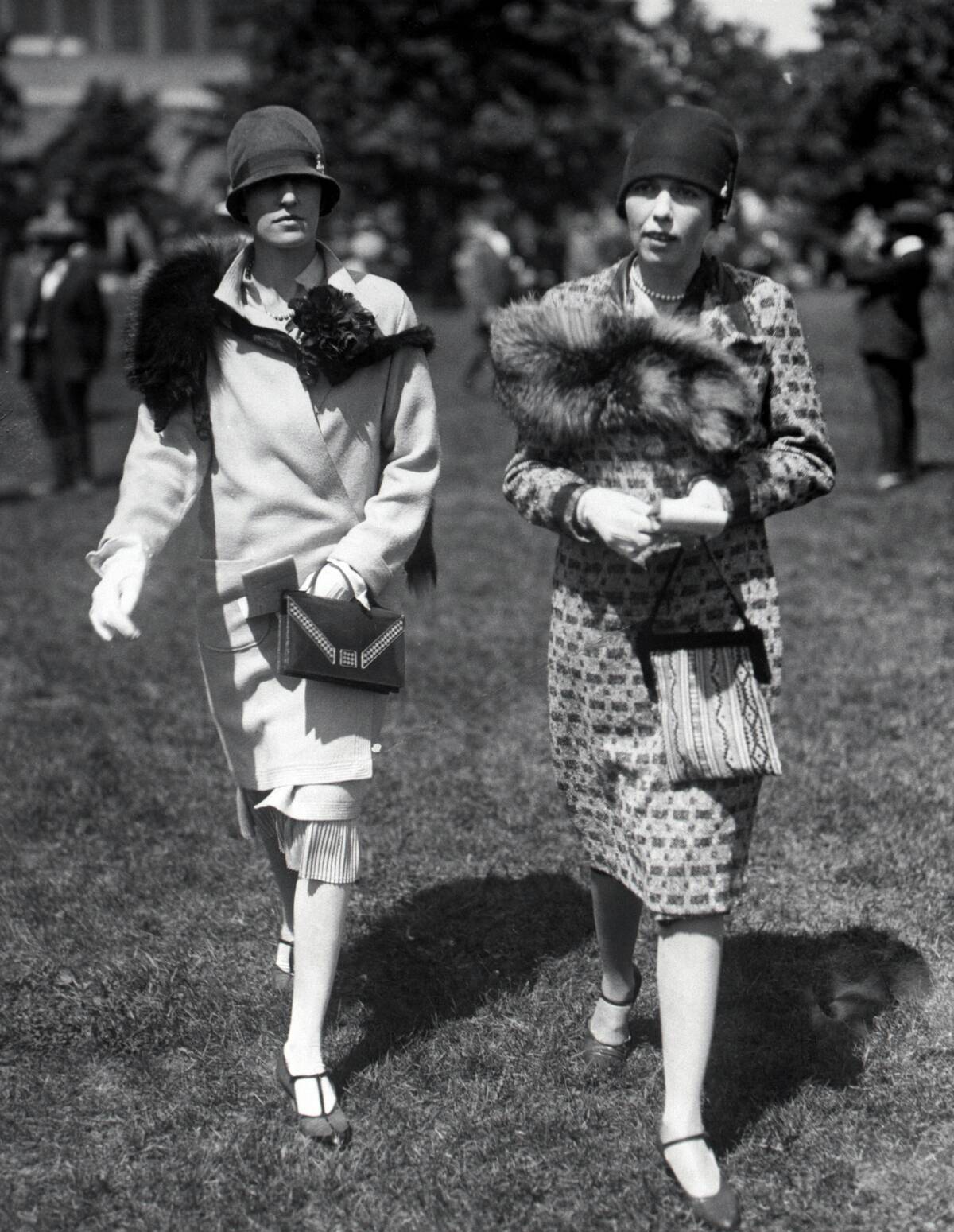
Although the hats these women are wearing aren’t too dissimilar to what a Flapper might wear at the time, it’s likely that both would be highly offended if someone called them that.
That’s because these women were high-society socialites attending a horse show, and their status is evidenced by their expensive fox stoles.
Bathing Suit Standards Start To Relax

In the Victorian Era, wearing a bathing suit like this to the beach would likely have been seen as scandalous, as even bare ankles used to be considered risqué, let alone bare legs.
By the 1920s, however, this was considered a fresh new style that one young model made look very fashionable despite her hat’s resemblance to a restaurant menu.
The Strong Men Of The 1920s Were Public Spectacles
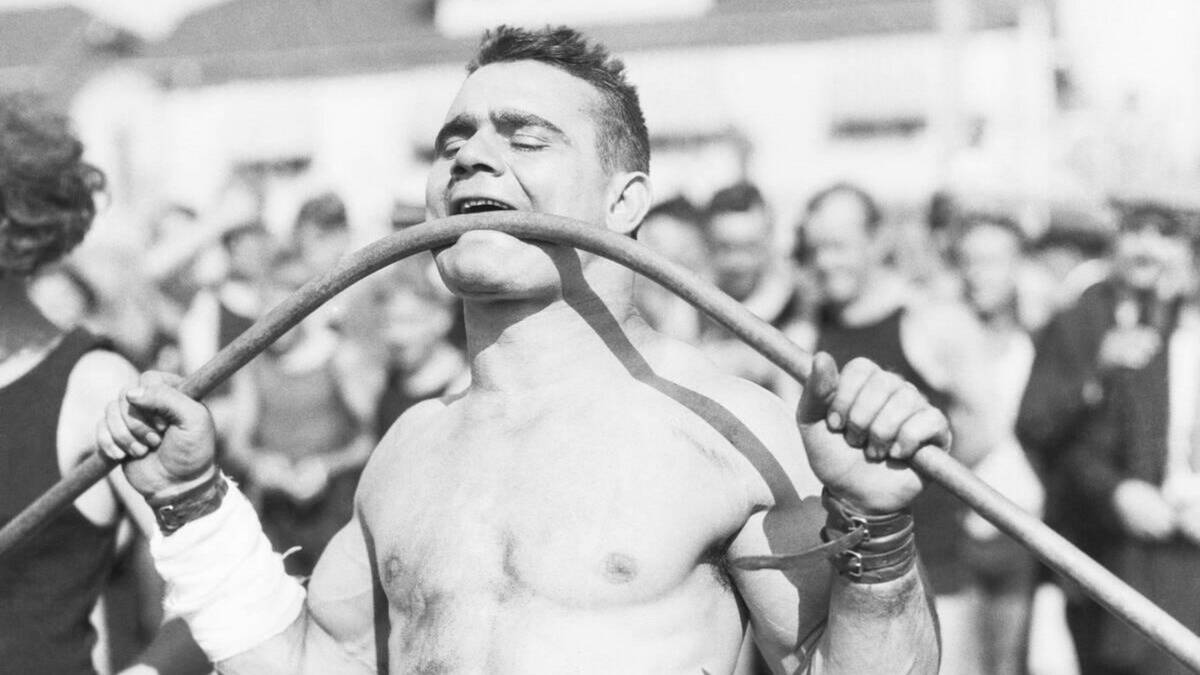
Although the sideshows of the mid-19th Century saw figures like P.T. Barnum exploit people with various rare conditions as “freak” performers, a particularly popular show for people to gawk at in the 1920s involved strongman acts like the one performed here by Gus Lasser.
As was common among performers of his stripe (as well as lifting and pulling seemingly impossibly heavy things), Lasserwas not only bending a metal bar but doing so with the bar in his mouth.




